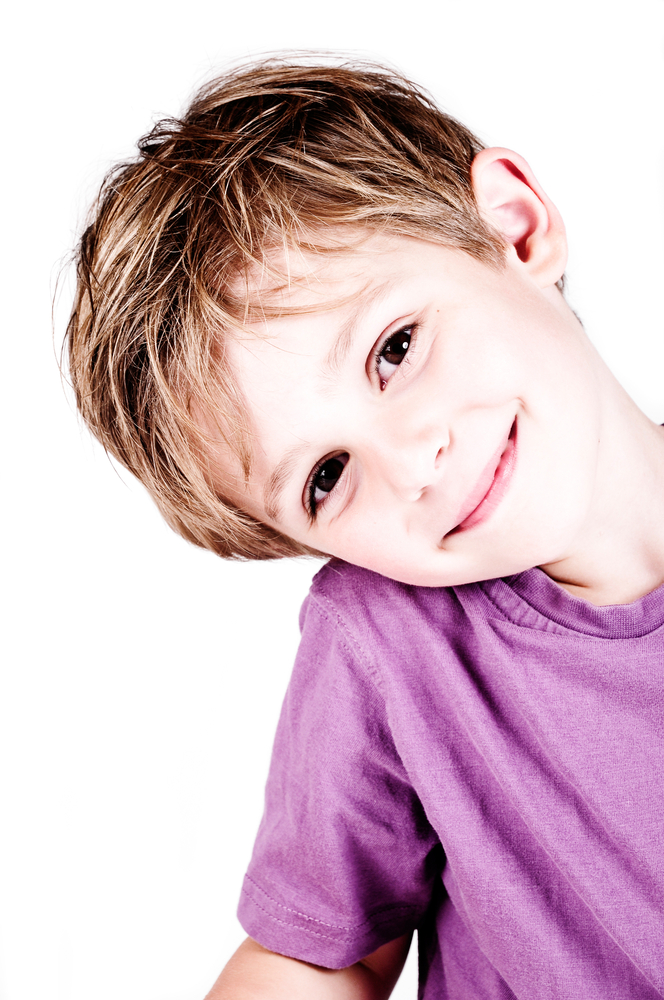Causes, Signs and Symptoms, Diagnosis, Treatment and Prognosis of Cluttering Disorder
Like stuttering, cluttering is a fluency disorder, though cluttering is much less common. Cluttering is often confused for stuttering, but the disorders are not the same. (See “Stuttering” for more information). To clarify the difference between the two disorders, a person who stutters typically knows what he or she wants to say, but cannot seem to form the words correctly and smoothly with the articulators. On the other hand, a person who clutters cannot efficiently organize the words in his or her mind to produce fluent speech. Thus, stuttering is considered to be a speech disorder (errors in the mechanical process of making sounds), while cluttering is considered to be a language disorder (errors in producing the thoughts that the speaker wants to share). Both disorders are treated by a speech-language pathologist (SLP).
Cluttering is characterized by a rapid or irregular speaking rate or excessive disfluencies (breaks) in the flow of speech that make the speaker difficult to understand. Erratic rhythm, poor grammar, and the use of unrelated words in a sentence are other symptoms. Essentially, the cluttered speaker has a difficult time expressing the thoughts that are produced as speech due to speech and language errors. The stutterer has a difficult time speaking based on speech errors alone.
Normally-fluent speakers can also exhibit cluttered speech when they become nervous. Have you ever wished you had stated something more clearly or by using a different set of words, perhaps when you had to speak in front of a large audience? Your nerves may have taken over and affected how clearly and concisely you spoke. If this has happened to you, you have experienced how cluttered speech sounds. However, there is not necessarily a “nervous” component to cluttering. Instead, the cluttered speaker cannot produce smooth language in speech regardless of his or her mood or emotions. To complicate things further, cluttering can also occur with stuttering, and writing can also be affected by cluttering.
Cluttering should be treated to limit the effects it has on a child’s academics and social interactions. Cluttering can also cause emotional problems such as anxiety, fear, or avoidance, which may negatively affect the child’s potential.


Thank you, this is great information!
Thanks so much.
Thanks, I love the way you have this information organized!